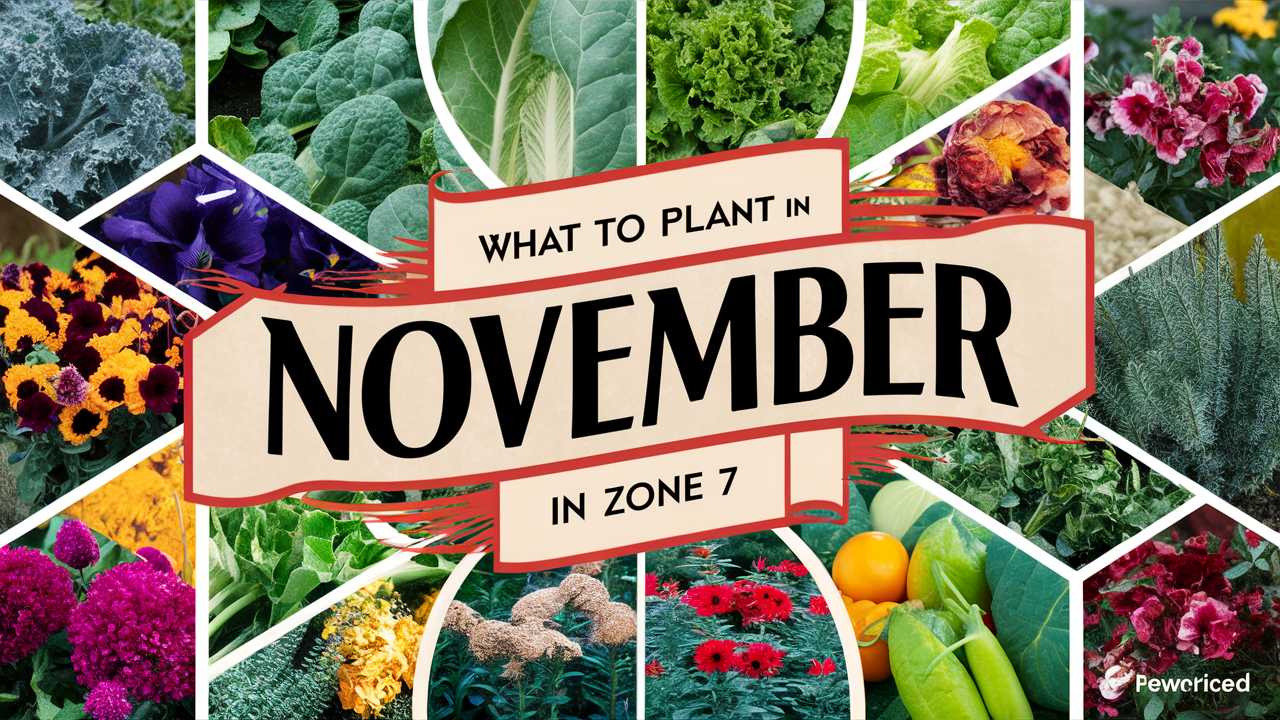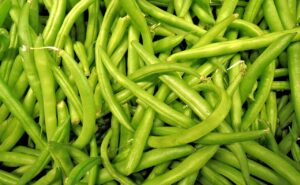November marks a transitional period in Zone 7, characterized by cooler weather and the onset of winter. For gardeners in this region, it’s essential to maximize the growing season while preparing for the cold months ahead.
Vegetables To Plant
November is often perceived as a month to clear the garden rather than continue planting, but there are still several vegetables that can be sown toward the end of the growing season. Here are ten vegetables that can be planted in Zone 7 in November.
Garlic
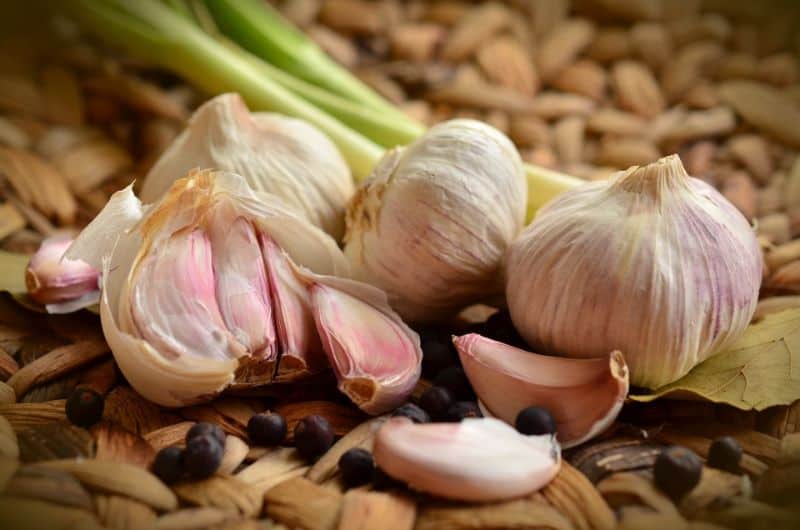
Garlic is a fantastic choice for November planting. It thrives in cool weather and can be planted as late as mid-November in Zone 7. Garlic prefers well-drained soil with a pH of around 6.0 to 7.0. When planting, separate individual cloves and plant them about 2 inches deep, spacing them about 4-6 inches apart. Garlic needs winter chilling to develop properly, making it an ideal candidate for fall planting. Expect a harvest in mid to late summer.
Shallots
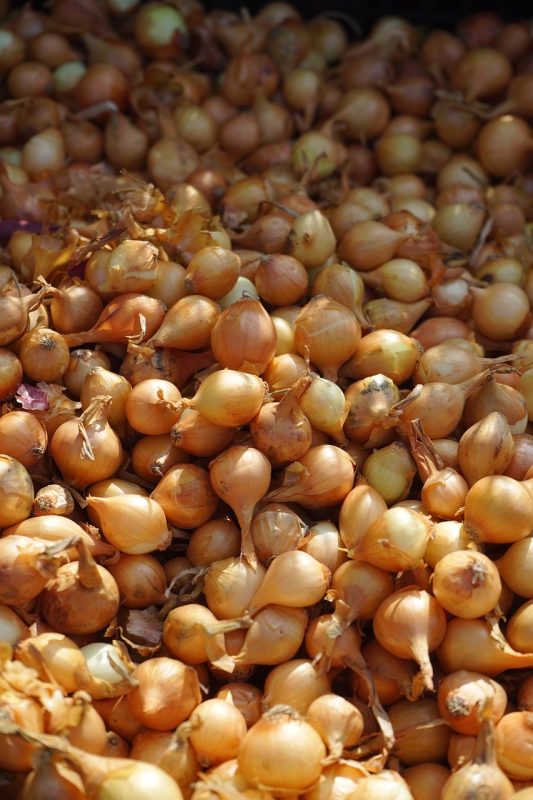
Shallots are another bulbous vegetable that loves the cooler temperatures of late fall. They should be planted similarly to garlic and will mature by the following summer. The ideal planting time is early to mid-November. Like garlic, shallots need well-draining soil and prefer a slightly acidic to neutral pH. They enhance the flavor profile of dishes and can be harvested once the tops begin to yellow.
Spinach
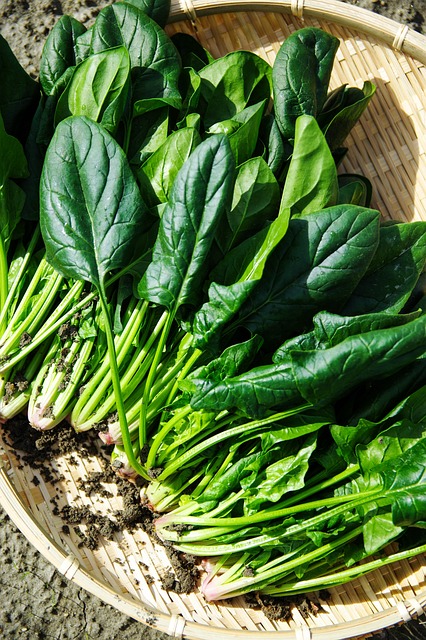
Spinach is a cold-hardy green that can thrive even in the chill of November. In Zone 7, you can sow spinach seeds in late October through early November. Seeds should be sown about half an inch deep and spaced about 2 inches apart. Spinach germinates best in cooler temperatures, sprouting even in temperatures as low as 40°F. Planting in November will provide a harvest in early spring, but cover them with a row cover to protect against frost.
Kale
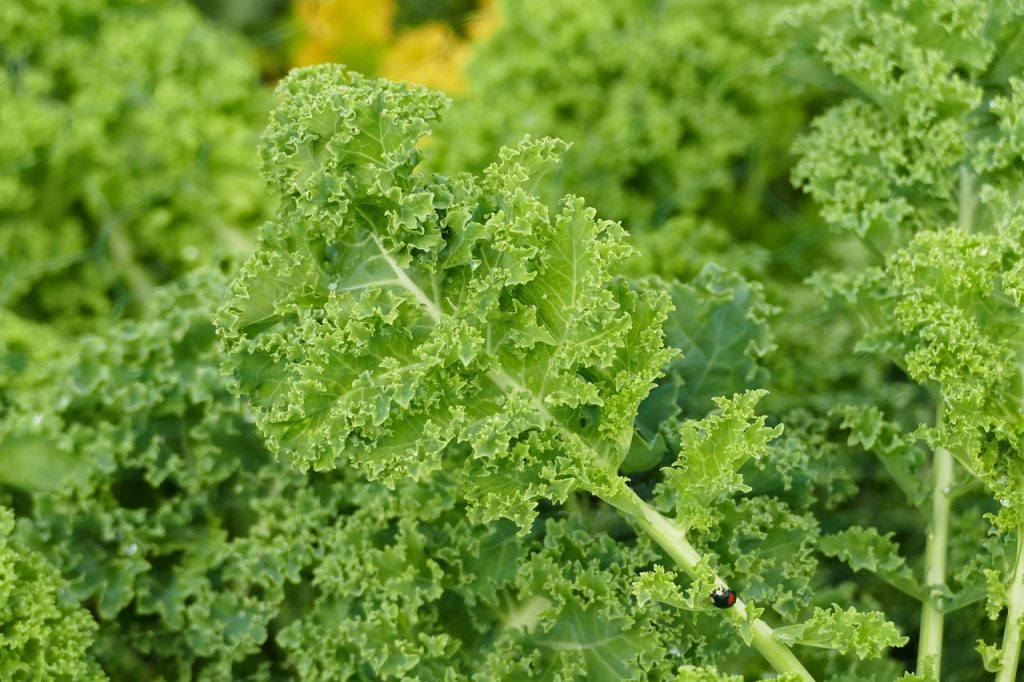
Kale is remarkably resilient, making it an excellent choice for late autumn planting. You can sow kale seeds directly into the ground until mid-November. Two varieties to consider are Lacinato and Winterbor, both known for their cold tolerance. Kale can tolerate temperatures down to 20°F, and the flavor of the leaves often improves after a frost, developing a sweetness that enhances many dishes.
Collard Greens
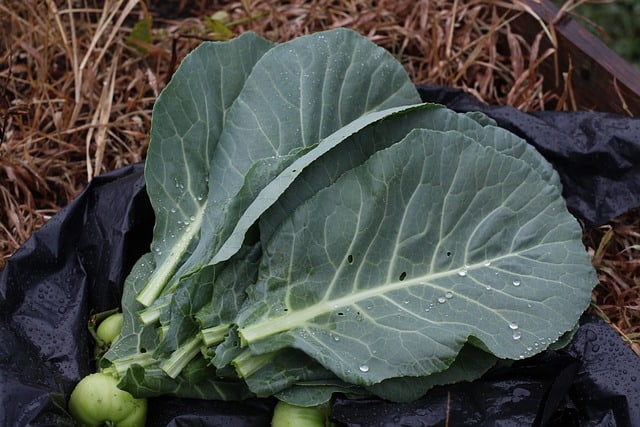
Collard greens are another hardy green that can be planted in November. They can withstand colder temperatures than many other vegetables, and their flavor can become more robust after frost. Plant seeds directly in the soil about ¼-½ inch deep, spacing them about 18 inches apart. Expect to harvest the leaves once they reach a desirable size in the spring.
Fava Beans
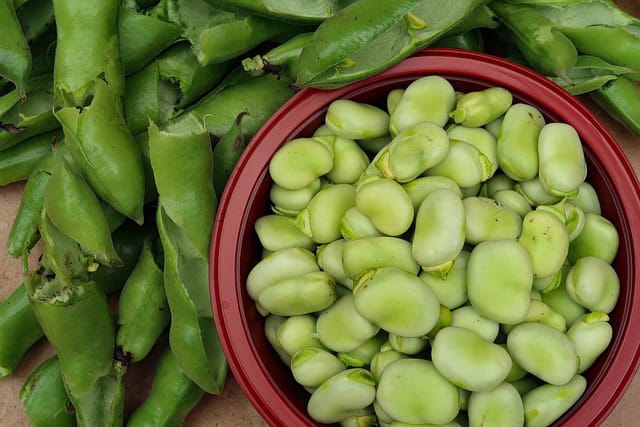
Fava beans, also known as broad beans, are ideal for November planting. They are a cool-season crop that performs well in Zone 7 when sown directly in the soil between mid-October and early November. Plant seeds 1-2 inches deep and 6-8 inches apart. These beans not only provide an early spring harvest but also improve soil fertility through nitrogen fixation.
Carrots
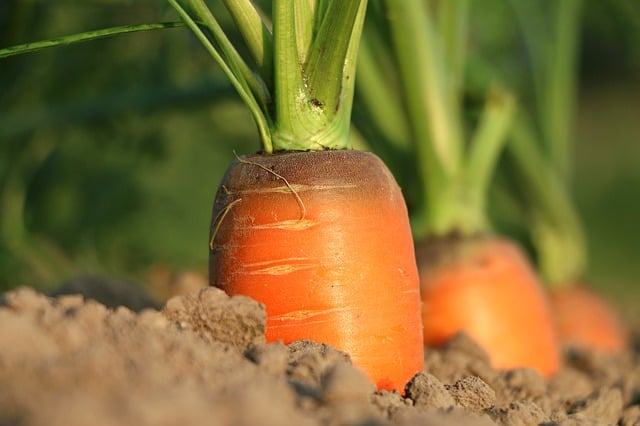
Carrots can also be planted in November if you choose quick-maturing varieties. Sow seeds about ¼ inch deep and keep them well-watered so the soil remains moist. The challenge with fall planting is that carrots can be slow to germinate as temperatures drop, so a heavy mulch will help retain warmth. If planted late enough, cover the area with a frost cloth to enhance germination success.
Brussels Sprouts
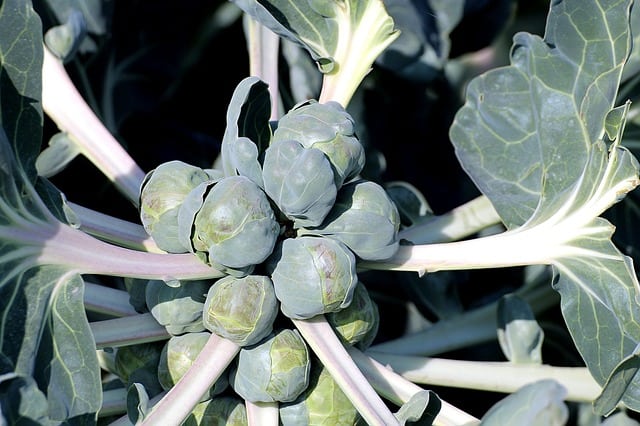
Brussels sprouts can be planted in November, although it’s more common to plant them in late summer for a fall harvest. However, you can still sow them for a well-timed spring harvest. They appreciate the cooler growing conditions and should be planted about ½ inch deep with 18-24 inches of spacing between each plant. Brussels sprouts benefit from a light frost, which enhances their sweetness.
Turnips
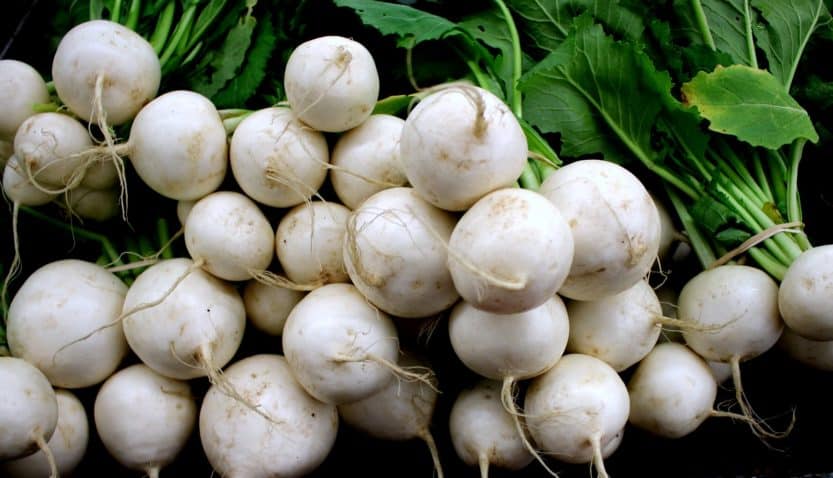
Turnips are another cool-weather crop that can be sown in November. They germinate quickly and can mature in as little as 30-60 days. Sow seeds ½ inch deep and space them about 3 inches apart. They thrive in cooler temperatures, and planting in November can yield a delicious harvest by late winter or early spring.
Potatoes (For Early Varieties)
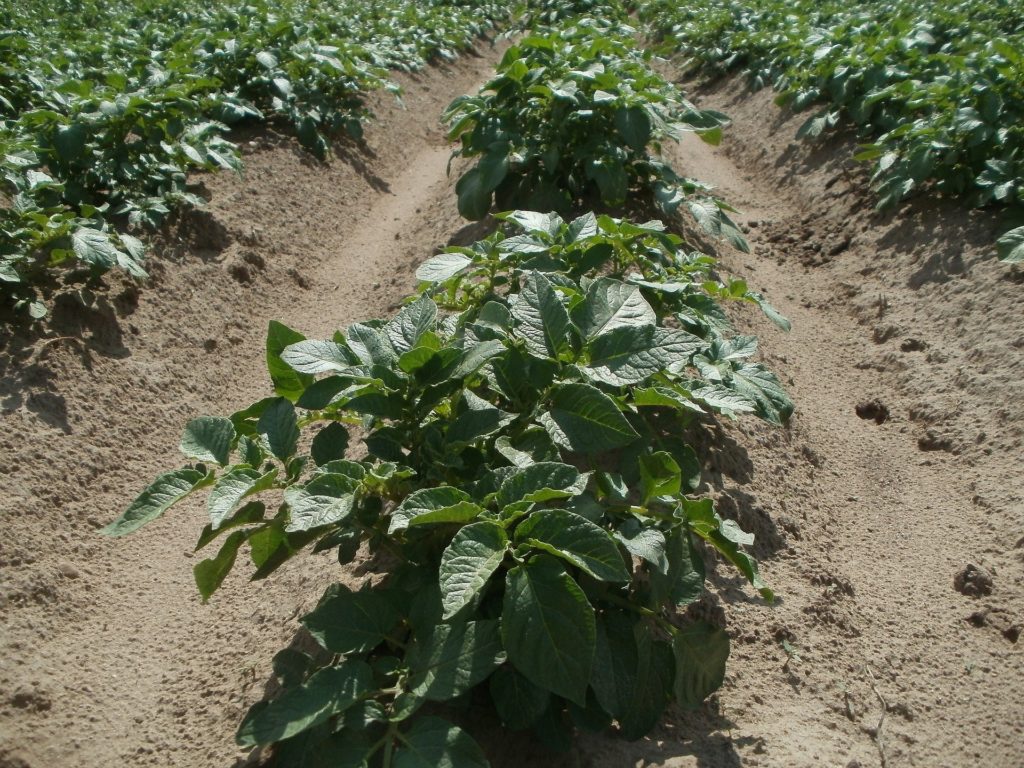
While traditional potato planting occurs in spring, some early varieties can be planted in November for overwintering. Choosing nutrient-dense varieties like ‘Yukon Gold’ can lead to a successful harvest in late spring. Plant seed potatoes approximately 3-4 inches deep and mulch to protect them from frost.
Flowers To Plant
Winter doesn’t mean that all gardening must cease, especially when it comes to planting flowering plants that will reward you with early blooms come spring. Here are ten flowers ideal for November planting in Zone 7:
Pansies
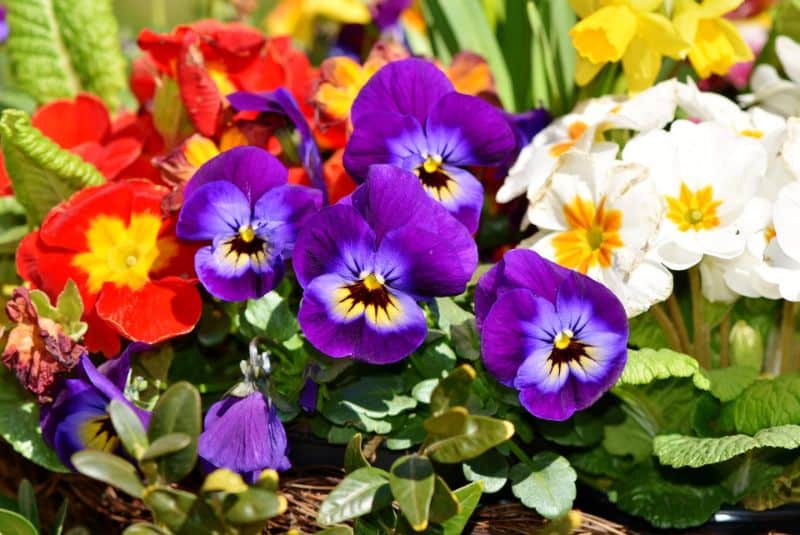
Pansies are a staple of fall and winter gardening. They can tolerate frost, making them perfect for November planting. Transplant them about 6-12 inches apart. Their vivid colors will brighten up your landscape, and they can even bloom intermittently through the winter months in milder climates.
Violas
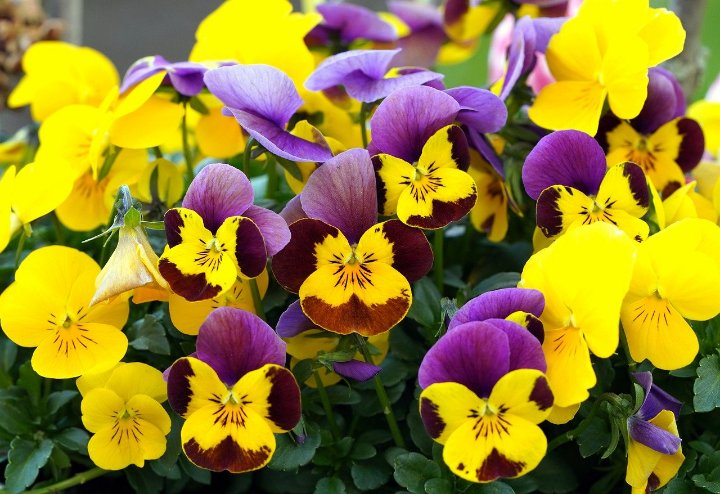
Violas are similar to pansies but boast smaller flowers with a more delicate appearance. They can be planted alongside pansies in November, ideally in well-drained soil. Like pansies, they will continue to bloom through winter if temperatures remain mild, creating a charming display.
Ornamental Cabbage
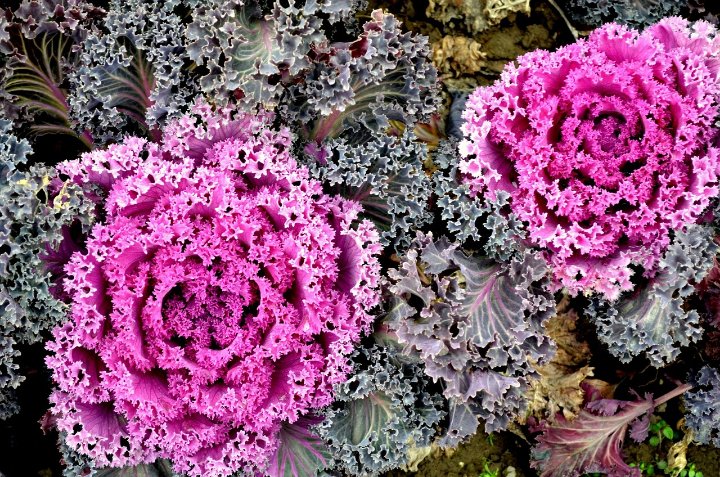
Ornamental cabbage is not only hardy but also adds visual interest to your garden during the colder months. These plants are exceptionally cold-tolerant and can be planted in November. Position them in well-draining soil, allowing for spacing of 12-18 inches. The colors intensify as temperatures drop, creating stunning winter arrangements.
Snowdrop
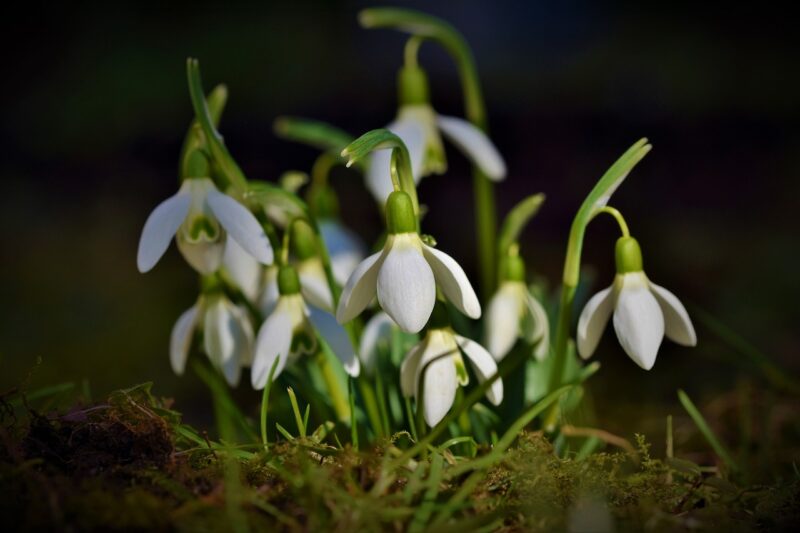
This early perennial flower is one of the first to bloom in spring, making November the perfect time to plant its bulbs. Snowdrops prefer well-drained soil and dappled sunlight. Plant them about 2-3 inches deep. These charming white flowers can summon smiles even when winter is still holding on.
Crocus
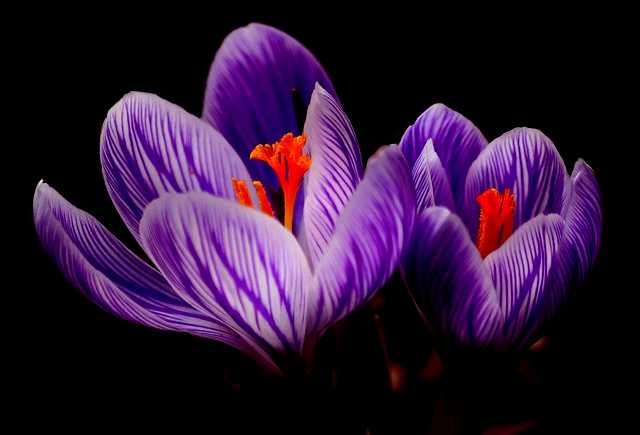
Crocuses are another bulbous flower that can be planted in November. They bloom early in spring and are perfect for naturalizing in lawns. Plant corms about 3-4 inches deep and a few inches apart. The vibrant purple, yellow, and white flowers create delightful spots of color in the dreary spring landscape.
Lenten Rose (Hellebore)
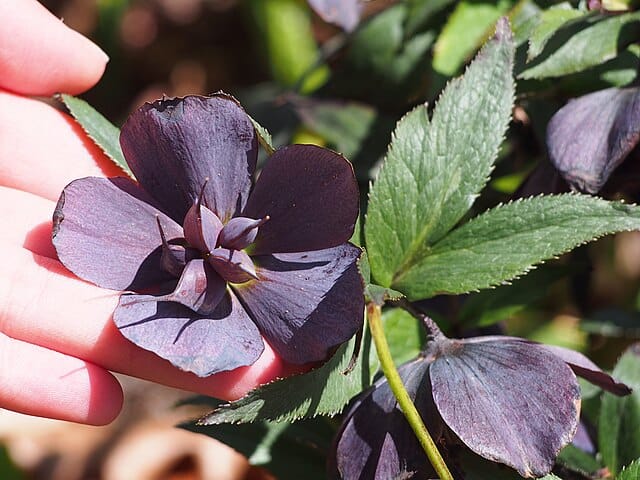
The Lenten Rose is one of the few perennials that bloom during winter and early spring. Planting in November allows the roots to establish before the colder months. They thrive in shade and prefer well-draining soil. This hardy perennial can add beauty to shady areas even amidst winter frost.
Daffodils
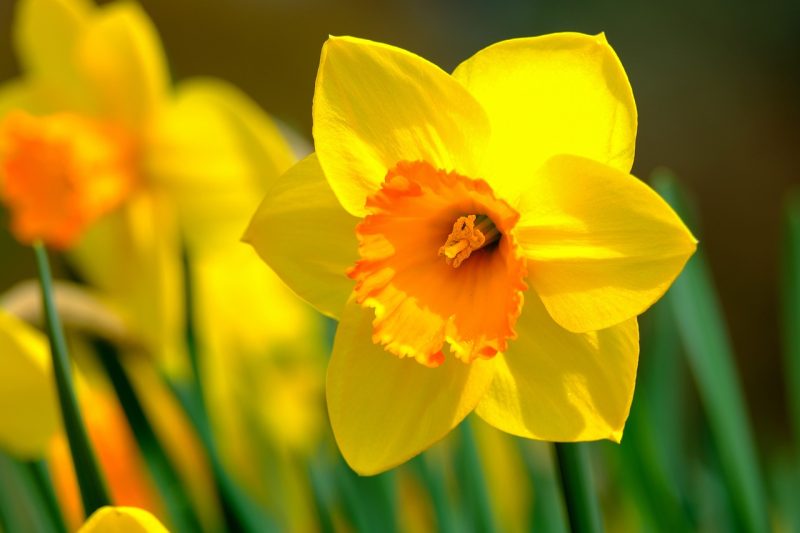
Daffodils are iconic spring bloomers that thrive when planted in the fall. November is an optimal time to get these bulbs into the ground before the ground freezes. Plant them in groups about 6 inches deep for stunning spring displays. They are relatively low-maintenance and naturalize beautifully.
Hyacinths
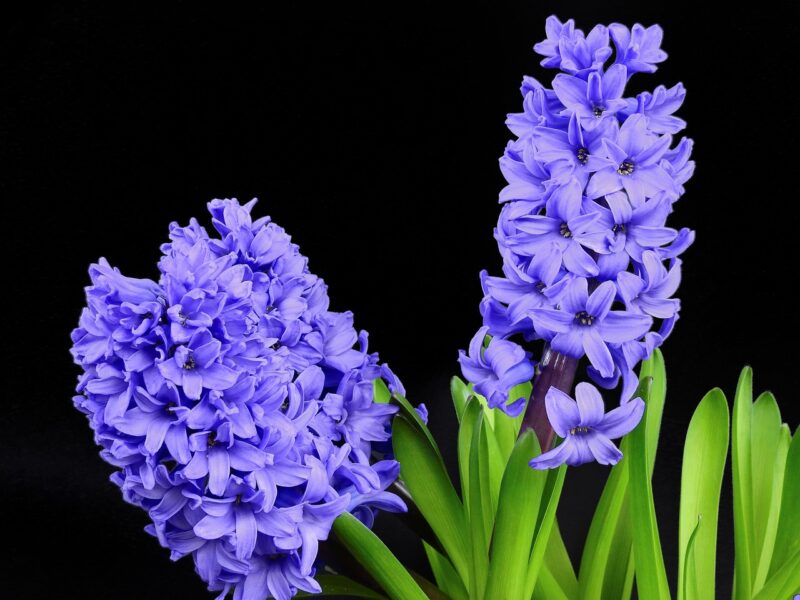
Hyacinths are fragrant spring flowers that are best planted in the fall. They should be buried about 5-6 inches deep in well-draining soil. Plant them in clusters to create magnificent blooms that can attract pollinators come spring. Their scent will also provide pleasing aroma to any garden space.
Tulips
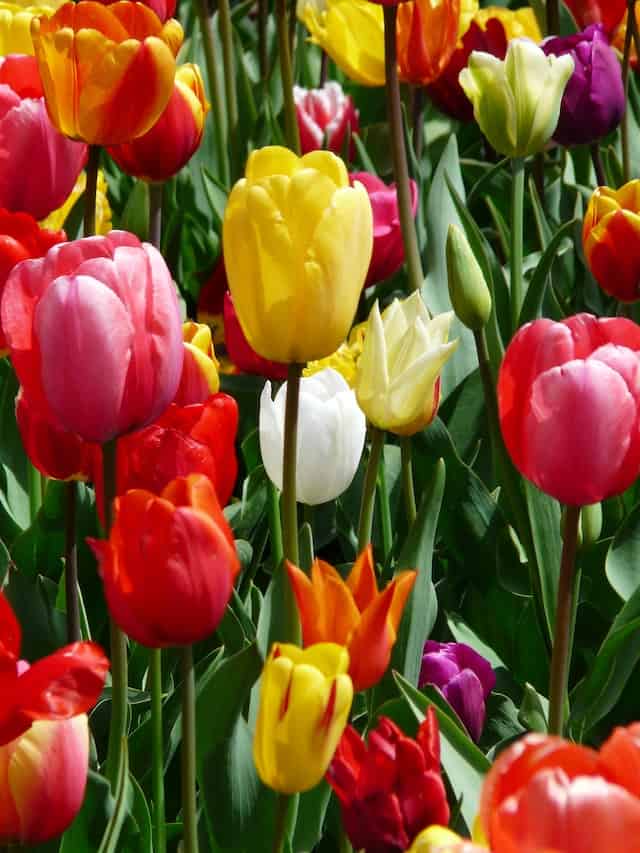
Tulips are a quintessential spring flower that should be planted in November for vibrant blooms in the spring. Plant bulbs about 6-8 inches deep and 4-6 inches apart. A layer of mulch can help maintain soil temperature. When spring arrives, expect a dazzling display of color and variety.
Forget-Me-Nots
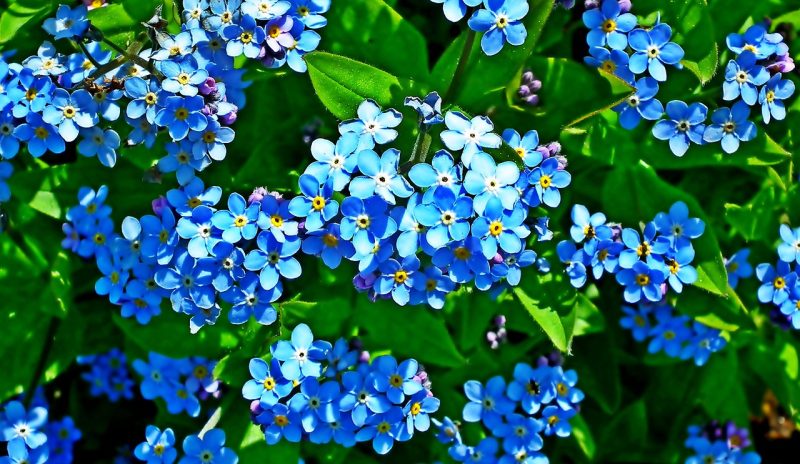
Forget-me-nots can be sown in November for early spring blooms. This wildflower prefers partial shade and well-draining, moist soil. Scatter seeds lightly and cover them with a thin layer of soil. They require cold stratification, which November planting will provide, thus encouraging germination by spring.
Herbs To Plant
November is a suitable time to plant specific herbs, particularly perennial varieties. Here are ten herbs that you can confidently plant in Zone 7 this November:
Garlic Chives
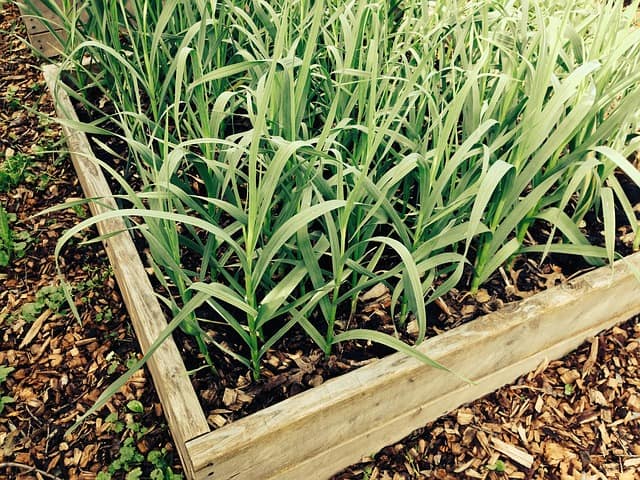
Garlic chives are perfect for planting in November, as they appreciate cold conditions. They grow well in well-drained soil and can be sown about ¼ inch deep. Once established, they yield flavorful leaves that can enhance many dishes throughout the growing season.
Parsley
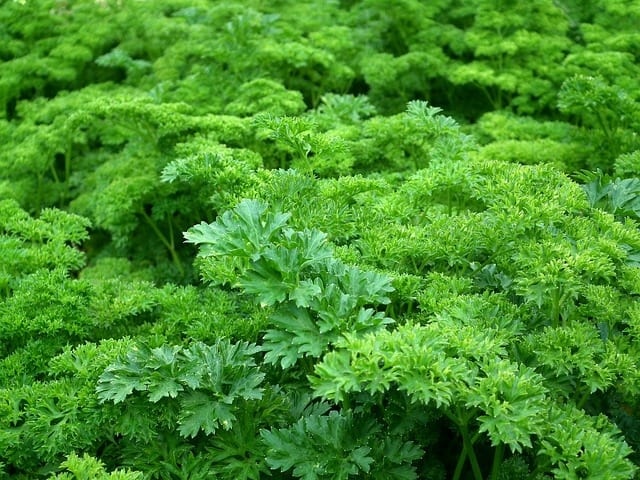
While parsley is often considered a spring herb, it can be planted in November for overwintering. This biennial herb prefers well-drained soil and should be sown about ¼ inch deep. It has excellent cold tolerance and can provide fresh greens when harvested throughout the winter and early spring.
Thyme
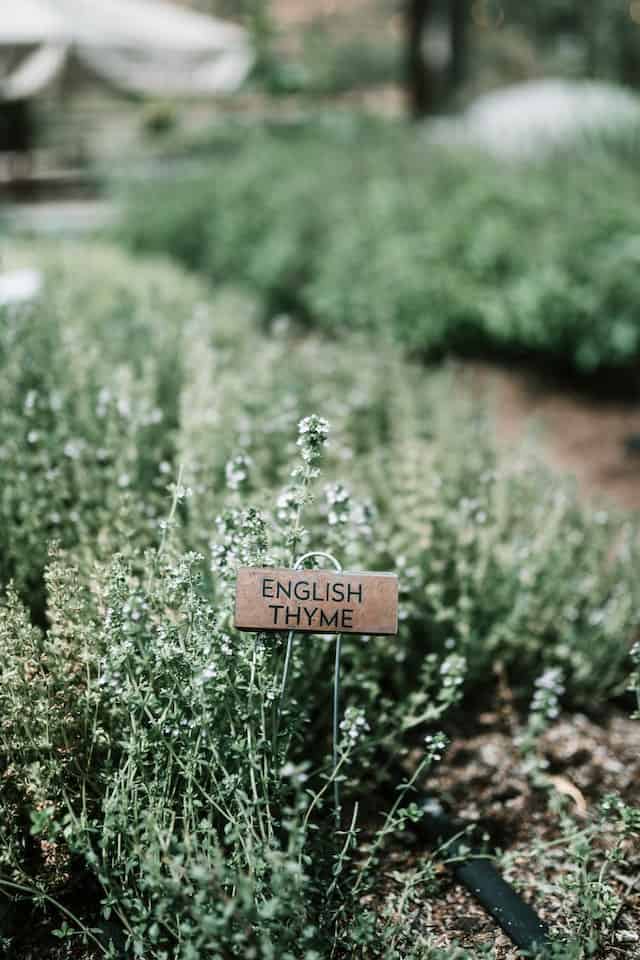
Thyme is a hardy perennial herb that can be planted in November. It requires well-draining soil and full sun, so select a sunny spot in your garden. Plant cuttings from a mature plant about 12 inches apart. This herb is drought-tolerant and will thrive even through the winter months.
Oregano
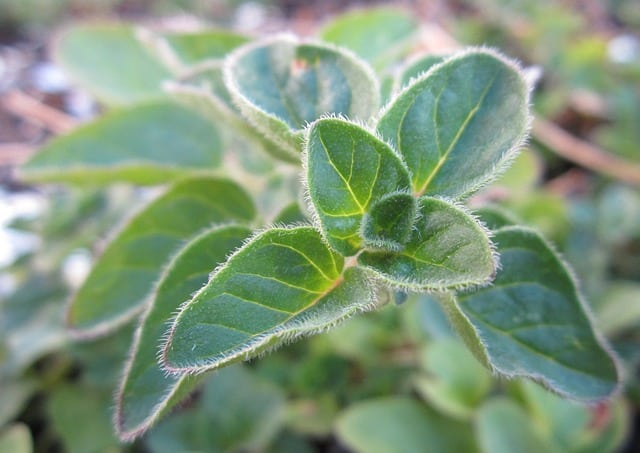
Oregano is another aromatic herb that adapts well to cooler temperatures. November is an excellent time to plant this perennial in a sunny area with well-drained soil. Space plants about 12 inches apart, as they can spread over time. Oregano will continue to grow throughout the winter, becoming more flavorful as it matures.
Chives
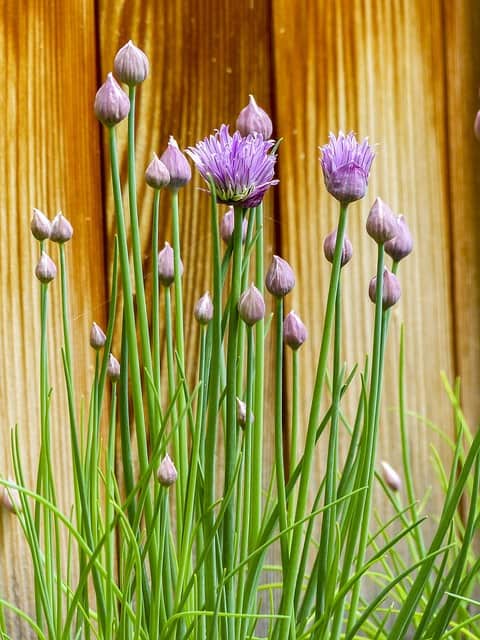
Chives are hardy enough to thrive in cooler climates and can be planted in November. Plant them in well-draining soil, about 6-8 inches apart and ¼-inch deep. Chives can be harvested in early spring, adding fresh flavors to your dishes as they wake from their winter slumber.
Lavender
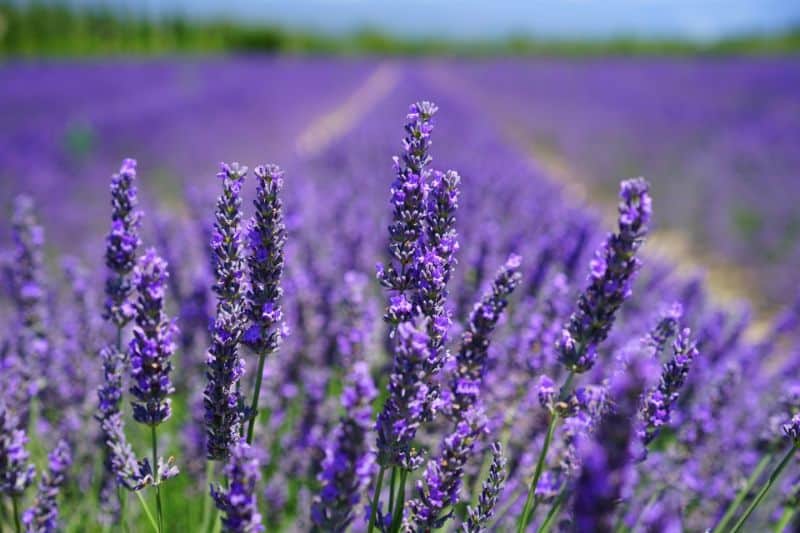
Lavender can also be planted in late fall, with November being an optimal time in Zone 7. This fragrant perennial needs well-drained soil and full sunlight. Space plants about 24 inches apart to allow them to grow and spread. Lavender is drought-tolerant, making it a great choice for low-maintenance gardens.
Winter Savory
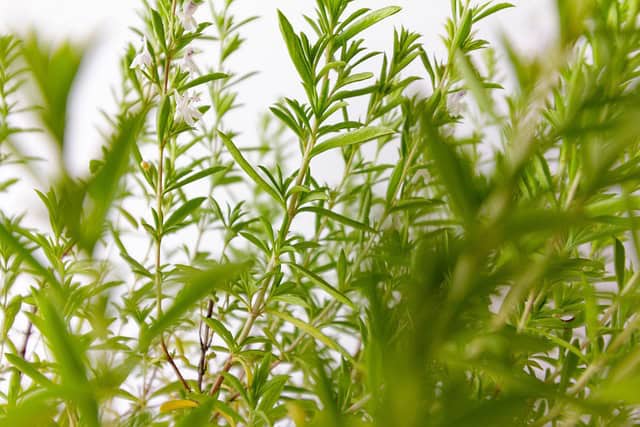
Winter savory is a perennial herb that is quite resistant to cold and suitable for November planting. It prefers well-drained soil and full sun. Plant seeds or cuttings about 12 inches apart. The flavor of winter savory complements beans and hardy root vegetables, making it a valuable addition to your herb garden.
Sorrel
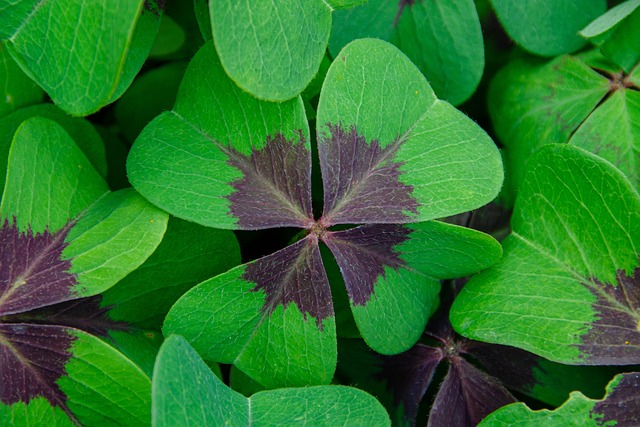
Sorrel is a unique herb with a tangy flavor that can thrive in cooler temperatures, making it suitable for November planting. Sow seeds about ½ inch deep, spacing them about 12-18 inches apart. Sorrel leaves can be used in salads and soups, bringing a fresh, lemony flavor.
Mint
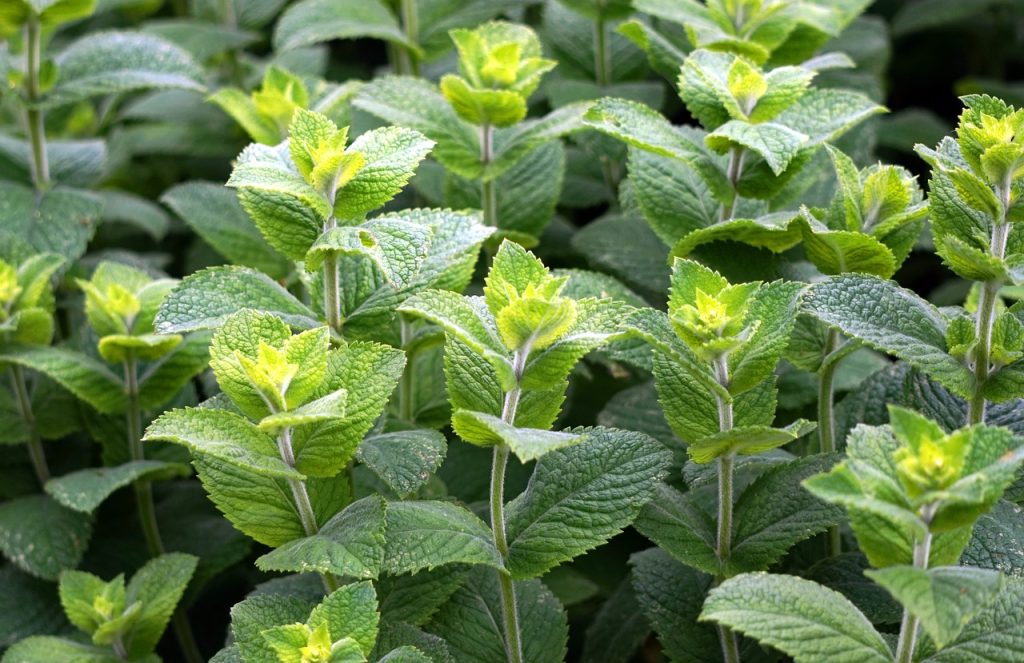
Mint can be difficult to control due to its aggressive growth, making November an excellent time to plant it where it can spread freely. It prefers moist soil and partial shade but can adapt to full sun. Plant in pots or directly in quickly draining soil, spacing plants about 18 inches apart.
Dill
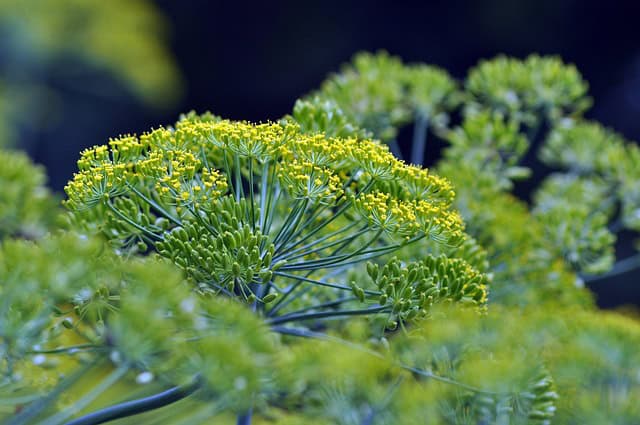
While dill is typically more of a spring herb, certain varieties can be sown in late fall for early spring growth. Dill seeds should be planted about ¼ inch deep, spaced about 12 inches apart. Its feathery foliage is an excellent addition to many dishes, especially during the growing season.
Landscape Plants To Plant
November is also an excellent time to consider landscape trees and shrubs that will provide color and interest to your garden even during the colder months. Here are ten landscape plants suitable for planting in November in Zone 7:
Eastern Redbud
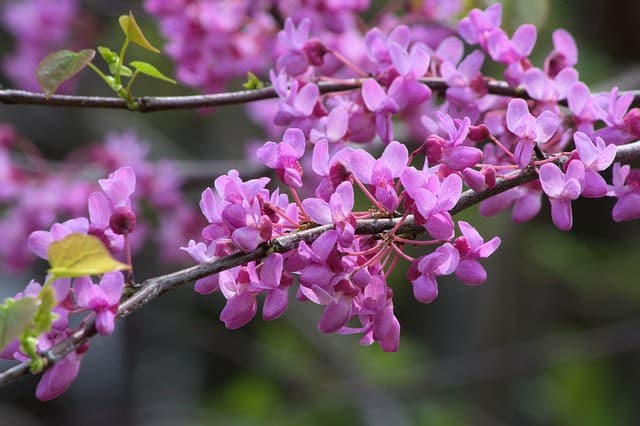
Eastern Redbud is a stunning ornamental tree that blooms vividly in early spring. It can be planted in November, preferring well-drained soil and full sun to partial shade. This tree grows relatively fast and reaches heights of 20-30 feet, adding beauty to your landscape as well as support for local pollinators.
Dogwood Trees
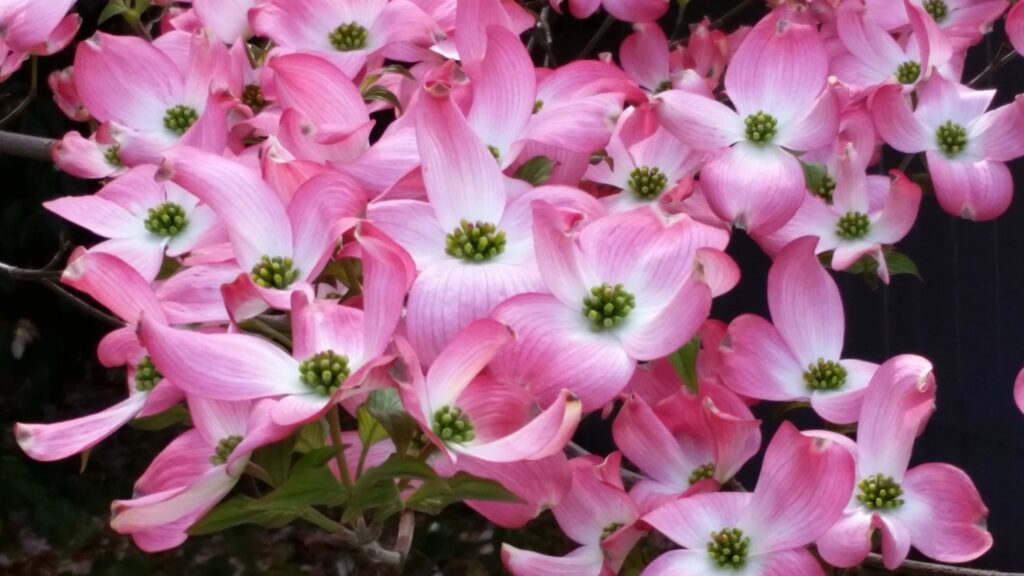
Cornus florida, the flowering dogwood, is another beautiful addition to your landscape that can be successfully planted in November. It thrives in moist, well-drained soil and partial shade, although it can tolerate full sun. The tree provides stunning white or pink blossoms in the spring, making it a favorite for garden aesthetics.
Japanese Maple
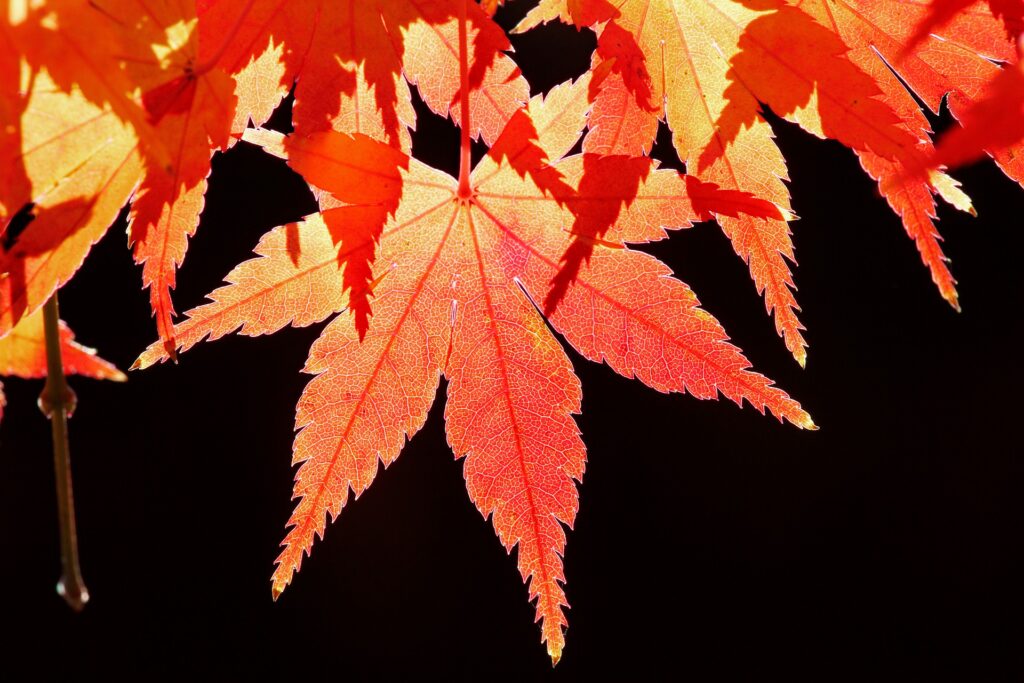
Japanese Maples are valued for their stunning foliage and architectural form. They can be planted in November and prefer well-drained, slightly acidic soil. Optimal locations provide partial shade, as direct sunlight can scorch their leaves. By planting in the fall, you allow time for roots to establish before spring growth.
Winterberry Holly
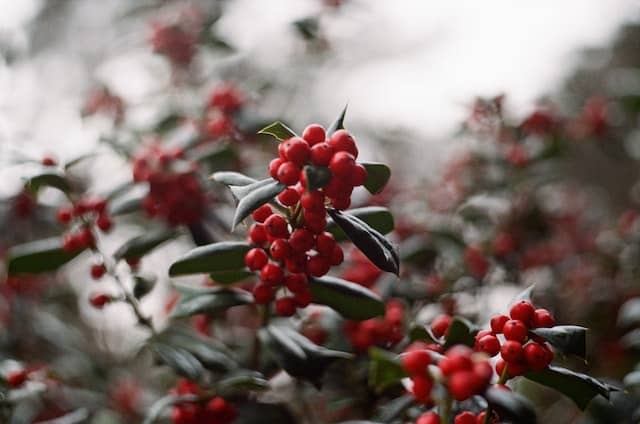
Winterberry Holly is a deciduous holly that produces bright red berries in winter. Planting this shrub in November allows it to establish roots, leading to healthy berry production. It grows best in moist, acidic soil conditions and can adapt to different light conditions, making it versatile for landscape use.
Camellia
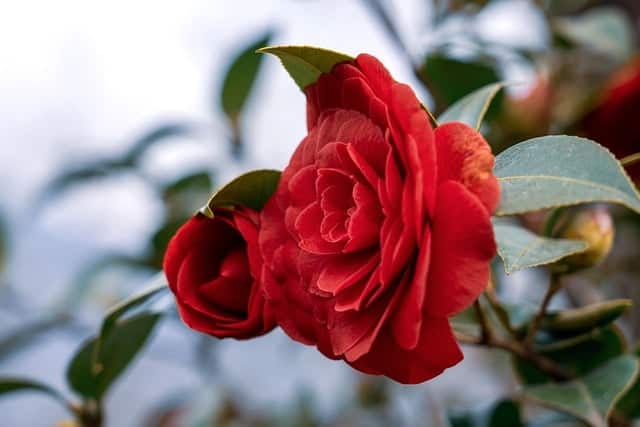
Camellias, specifically the sasanqua variety, are perfect for fall planting. They thrive in well-drained, slightly acidic soil and prefer partial shade. Their flowering typically occurs in late winter to early spring, providing lovely showy blooms when other plants are dormant.
Redtwig Dogwood
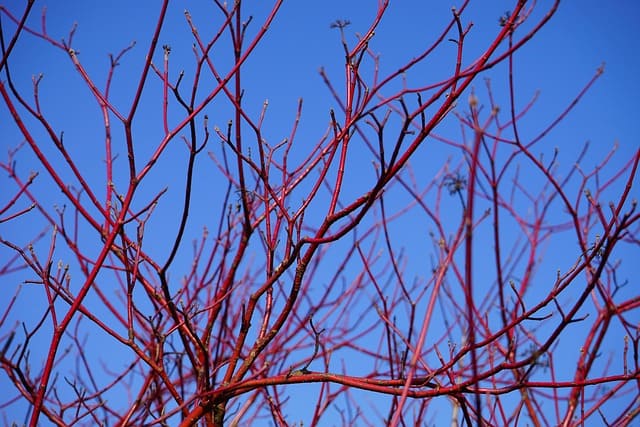
Redtwig dogwood is a striking shrub that provides vibrant red stems during the winter months. November planting allows the roots to anchor before the cold sets in. It prefers moist soil and full sun. This shrub is excellent for adding seasonal interest and can often serve as a focal point in the landscape.
Evergreen Boxwood
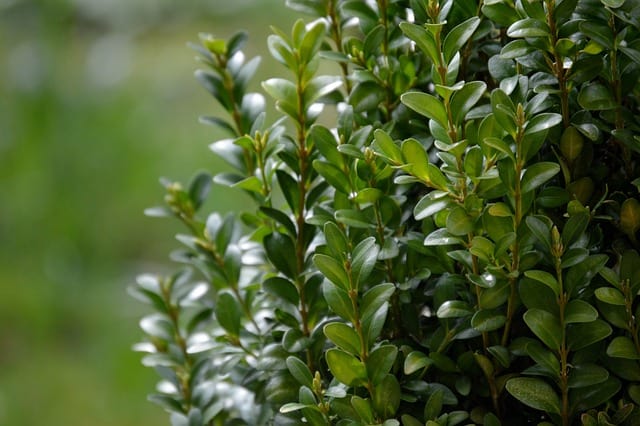
Boxwood is a classic evergreen shrub that can be planted in November. It is relatively low-maintenance and can adapt to various soil types, though it prefers well-draining soil. With careful pruning, you can shape boxwoods for formal topiaries or hedge borders, making them a versatile choice for landscapes.
Juniper
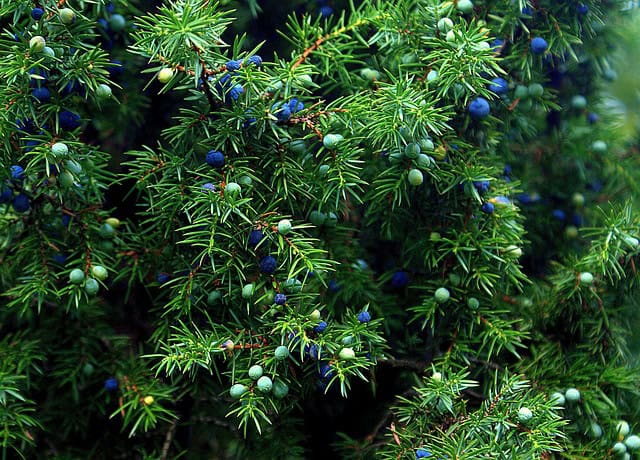
Junipers are hardy evergreen shrubs that also benefit from November planting. They thrive in poor soil conditions and full sun, making them ideal for low-maintenance landscapes. With a variety of shapes and sizes available, junipers can be adapted to different design needs, flourishing even under minimally cared-for conditions.
Perovskia (Russian Sage)
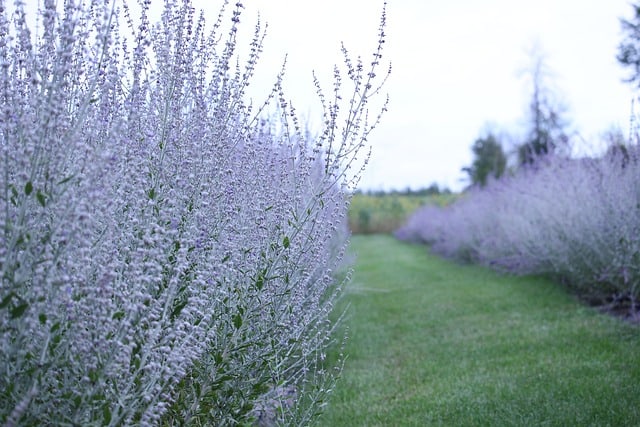
This perennial shrub is known for its silvery foliage and lavender-blue flowers, providing color and texture throughout the growing season. Planting Russian Sage in November allows deep-rooting before winter. It thrives in poor, well-draining soils and full sun, making it a low-maintenance addition to your landscape.


